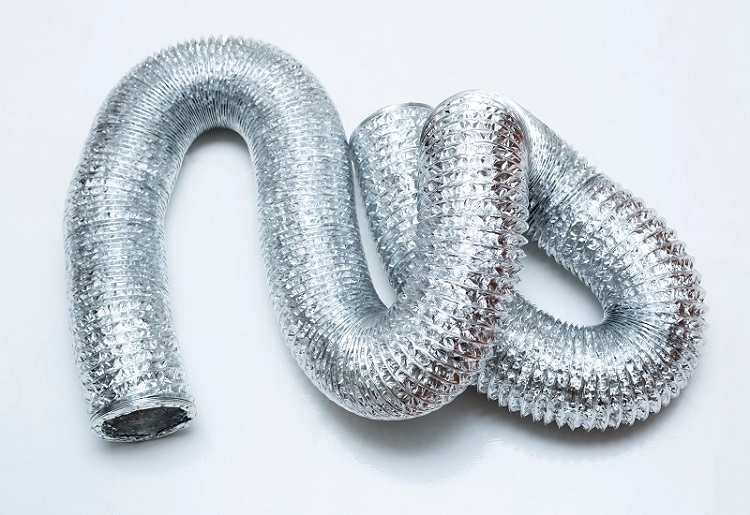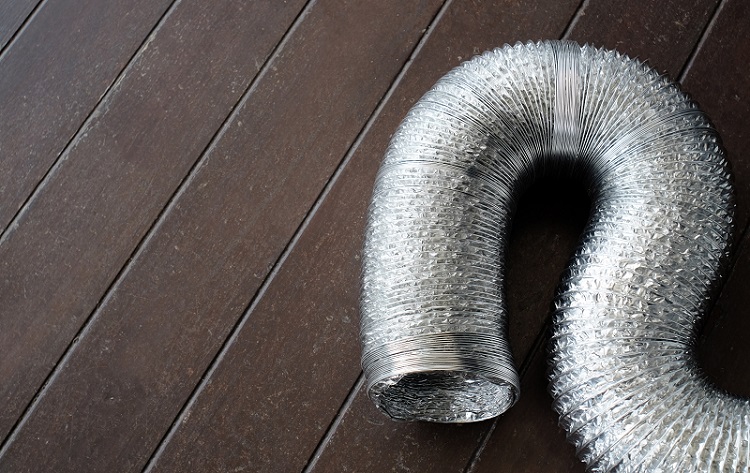We’ve all felt that dreadful moment when a whirlwind of perplexing options sweeps us off our feet, leaving our heads spinning with their bewildering variety. Whether it’s deciding on what kind of coffee to start your day, or a much significant affair of weighing the pros and cons before making a substantial investment, decision-making is a crucial part of our lives. Now, consider a common homeowner’s dilemma – evaluating the ideal ducting options for a home HVAC system. Quite a task, isn’t it?
The humble duct might seem like an unexciting feature of your house, but it forms the backbone of any home’s heating, ventilation, and air conditioning (HVAC) system. The choice of duct is of utmost importance, as this can significantly impact the overall comfort, air quality, and energy efficiency of your space. With a multitude of types and materials to choose from, settling on one can seem daunting. Fear not, dear reader, today we endeavor to simplify this task by focusing specifically on the advantages and crucial considerations of opting for flexible ducting for your HVAC system.
Whether a seasoned homesteader or first-time homeowner, this comprehensive guide provides an understanding of the factors that influence the selection process, ensuring you are fully equipped to make an informed choice. So without further ado, let’s delve into the crux of the matter.
Why Flexible ducting?
So, what sets the flexible ducting apart? Lightweight, cost-effective, and aptly named, the flexibility of this ducting type allows installers to maneuver around obstacles without the need for multiple connections and joints, significantly reducing the labor and effort involved in installation. Moreover, its insulation properties can help in energy conservation, thus resulting in efficient home heating and cooling.
Material Matters
A flexible ducting is typically composed of an inner liner, insulation, and an outer cover. The choice of materials for each layer determines its durability, performance, and overall longevity. Understanding the inherent properties of the materials can assist in making a choice that aligns with your specific needs.
Navigating Noise
While flexible ducting can bring many benefits, it’s also essential to consider its potential disadvantage – noise. Discover how factors such as air velocity and installation quality can play a significant role in mitigating noise issues.
Size Does Matter
Selecting the appropriate duct diameter is paramount to ensure the optimum performance of your HVAC system. A mismatch can lead to inadequate airflow, reducing overall efficiency and potentially causing unnecessary wear and tear on the system.
Is Flex Duct For You?
Considering a flexible ducting for your HVAC system also means weighing it against other alternatives. What are the pros and cons, and how does it measure up against its rigid counterparts? This comparative analysis could provide invaluable insights.
Installation Intricacies
While flexible ducting’ installation process is easier than others, certain steps are crucial to ensure it operates effectively. Missteps such as compressing the duct or failing to secure it properly can lead to significant energy losses.
In Conclusion: Navigating The Flex Duct Maze
In this journey through the intricacies of the HVAC world, we have come to understand the pivotal role flexible ducting can play in supervising your home’s comfort and energy efficiency levels. While it offers advantages such as ease of installation, affordability, and twist-and-turn capacity, potential issues such as noise and carefully calibrating the size should not be overlooked.
Consideration of the specific needs of your space, combined with a well-informed understanding of the properties and potentials of flexible ducting, can lead to a decision most optimal for your situation. This paves the way for a warm, cozy winter or a refreshingly cool summer in your abode, setting the stage for treasured memories of comfort and joy. Are you ready to make your choice?


